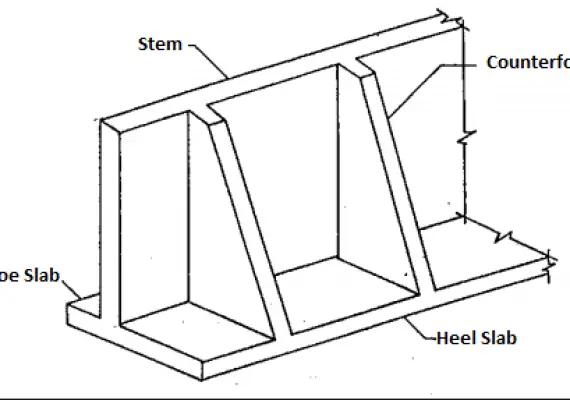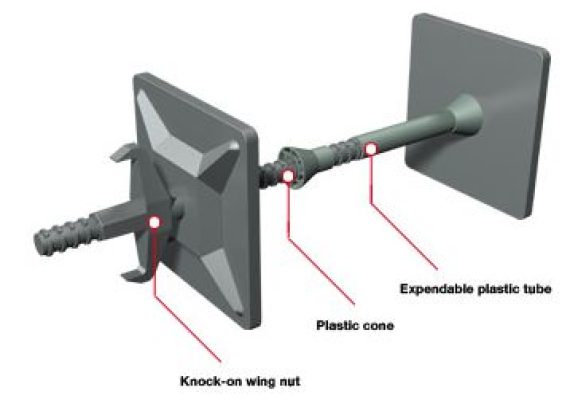What Is Oedometer Tests?
What Is Oedometer Tests?
Oedometer tests are a type of geotechnical investigation used in engineering to determine the consolidation properties of soil. The test involves applying different loads to a soil sample and measuring its deformation in response.
The results from these tests can be used to predict how a soil will behave in the field under different levels of effective stress.
During an oedometer test, a soil sample is typically placed in a confining ring and subjected to known vertical stresses, which are applied to the top and bottom of the sample using weights and a lever arm. The change in thickness of the sample is then measured as the applied stress is varied.
These tests are designed to mimic the one-dimensional deformation and drainage conditions that soils experience in the field.
For soil samples that are saturated with water, porous stones are placed on the top and bottom of the sample to allow the water to drain away. The sample is also submerged in water to prevent it from drying out.
Soil that is saturated in this way will experience consolidation, which means that its volume will change slowly in response to changes in the weight or stress applied to it. This process typically takes minutes or hours to complete in an oedometer test, and the change in the sample’s thickness over time is recorded.
💥🎁 Christmas & Year-End Deals On Amazon !
Don't miss out on the best discounts and top-rated products available right now!
🛒 Shop Now and Save Big Today!*As an Amazon Associate, I earn from qualifying purchases.
This helps to determine the soil’s coefficient of consolidation and permeability, which are important factors in understanding how it will behave under different conditions.
How is Standard Oedometer Test done?
There are various techniques for conducting oedometer tests, but the most common is the incremental loading (IL) method. To prepare for the test, a soil sample is cut from a larger block of soil using a confining ring with a sharp edge.
The sample is then placed in a loading frame and porous stones are placed on the top and bottom to allow drainage.
For saturated soil samples, the entire assembly is submerged in water to prevent drying. Weights are then placed on the frame to apply a load to the soil. The soil’s deformation is measured over time using a dial indicator.
Once the primary consolidation is complete, another load is applied, and the process is repeated. After a significant load has been applied, the load on the soil is gradually decreased in increments.
Using a load increment ratio of 1/2 provides enough data points to describe the relationship between the soil’s void ratio and effective stress.
💥🎁 Christmas & Year-End Deals On Amazon !
Don't miss out on the best discounts and top-rated products available right now!
🛒 Shop Now and Save Big Today!*As an Amazon Associate, I earn from qualifying purchases.
The standard oedometer test is conducted on a cylindrical soil sample that is saturated with water. The sample is typically 75 mm in diameter and 14-20 mm thick. It is placed between two porous stones in a metal ring and mounted in a consolidation cell and a loading unit.
Filter papers are placed between the soil and the porous stones to allow drainage. Water is added to the cell around the sample to keep it saturated throughout the test. The test involves applying increments of vertical static load to the sample and measuring the resulting deformation.
The load is usually applied using dead weights and a static loading system, and the change in the thickness of the sample over time is recorded for each increment. The load is doubled at each increment until the maximum required load is reached.
Once the full consolidation at the maximum applied load is achieved, the sample is unloaded in one or several stages, and the swelling of the sample is recorded. At the end of the test, the sample is carefully removed and its thickness and water content are measured.
The results of the test include the stress-void ratio on a semi-logarithmic scale, as well as the Swelling Index (Cs), Compression Index (Cc), Coefficient of Volume Compressibility (mv), coefficient of consolidation (cv), and the rate of consolidation.
💥🎁 Christmas & Year-End Deals On Amazon !
Don't miss out on the best discounts and top-rated products available right now!
🛒 Shop Now and Save Big Today!*As an Amazon Associate, I earn from qualifying purchases.

